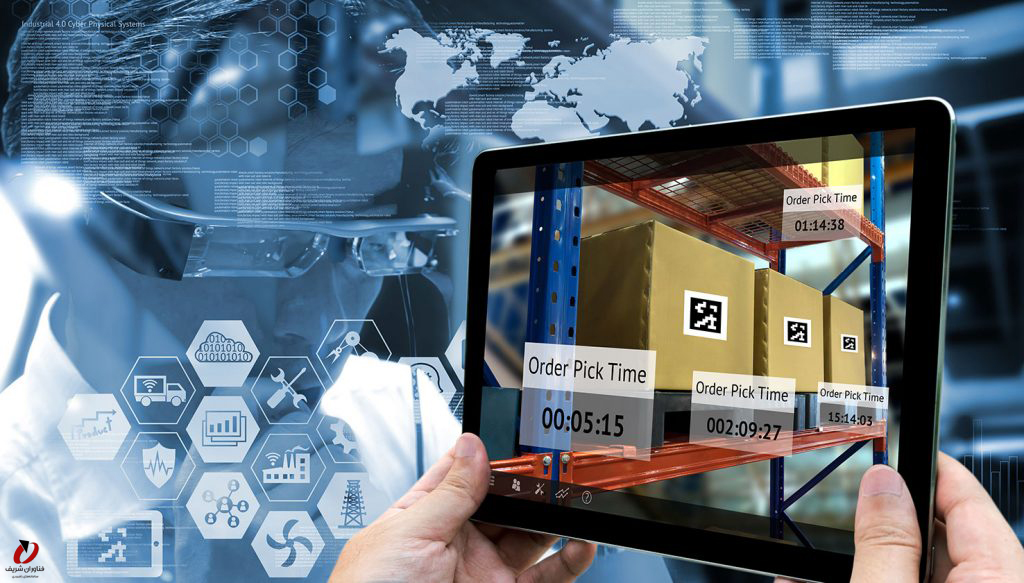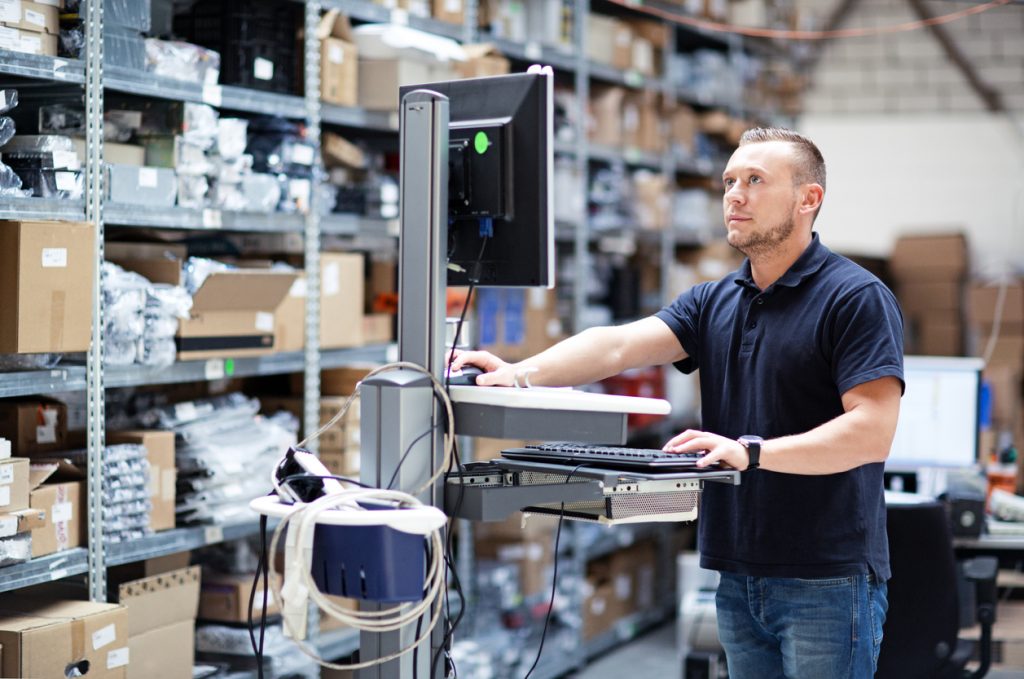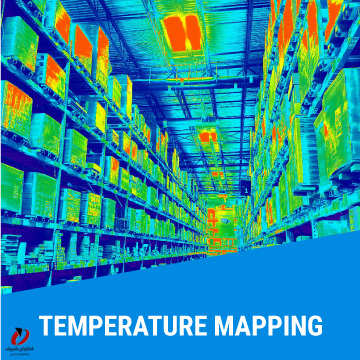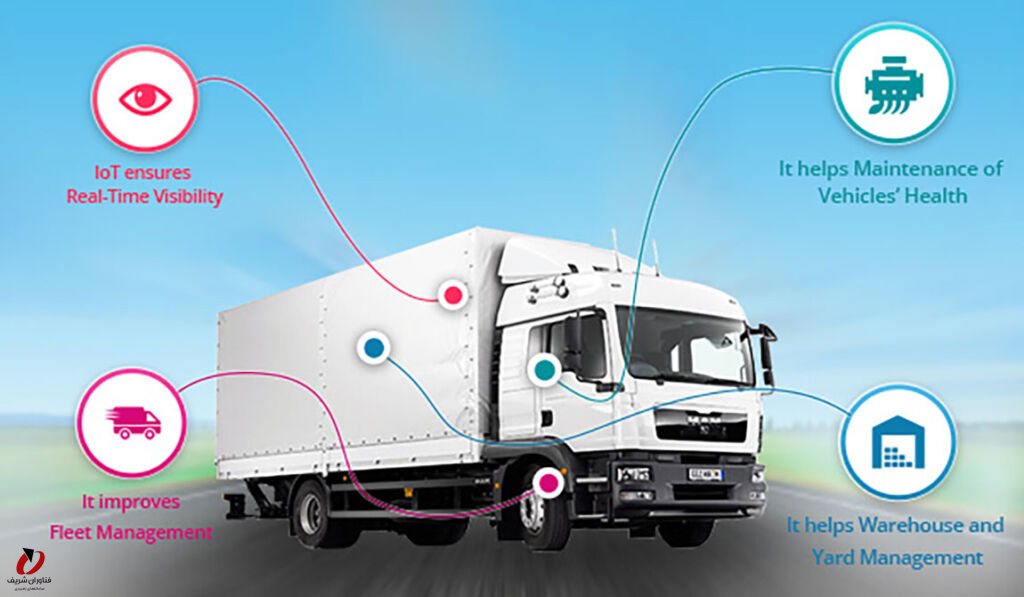

With the increasing population, the demand for consumable goods such as food, pharmaceuticals, cosmetics, and hygiene products is also rising. This has made the storage conditions of these products, from production to the time they reach the consumer, highly important. In this supply chain, smart warehousing and distribution systems can play a crucial role.


With the increasing supply and demand, smart warehousing plays a crucial role in speeding up distribution and reducing energy consumption. Below, we will explore examples of smart warehousing systems and their impacts.
Warehouses contain a large number of products, and receiving, dispatching, and organizing them requires intelligent management. For this purpose, smart tags or barcodes are used. As a result, information about the product’s location, quantity, expiration date, entry and exit, proper storage conditions, and other valuable details can be easily tracked.

Real-time tracking of product entry and exit significantly speeds up the clearance of materials from warehouses and prevents human errors in incorrect product shipments.
Knowing the exact location of products in the warehouse makes it easier for product gatherers. Additionally, by using artificial intelligence and optimization algorithms, the best locations and most suitable arrangements for the products can be achieved. This can significantly reduce the movement of forklifts and warehouse staff. Another advantage of this method is preventing congestion in the warehouses.
Real-time tracking of product expiration dates helps prevent the expiration of products.

Awareness of the environmental conditions of warehouses is crucial, as some products, such as specific medications, require special storage conditions. In smart warehousing, environmental conditions such as temperature, humidity, and gases can be displayed and controlled in real-time.
Many products require proper environmental conditions during transportation. Additionally, the delivery time of certain products is crucial. Smart transportation provides practical solutions for controlling environmental conditions and reducing transportation time.


By utilizing the Internet of Things (IoT), it becomes possible to read and control the environmental conditions of transport cabins in real-time. As a result, products reach their destination in optimal conditions, preventing spoilage. Additionally, recipients of the products will have access to environmental condition information during transportation.
Another advantage of IoT is real-time tracking of transportation vehicles. This ensures that the best routes are provided to drivers, and goods owners are informed of the exact location of their products during transport.
In smart warehousing and distribution networks, protocols such as WiFi, GPS, RFID, LoRa, LoRaWAN, telecommunications networks, and other commonly used and cost-effective protocols can be utilized. This smart technology significantly contributes to increasing distribution speed, maintaining product quality, and reducing energy consumption.
تمامی حقوق برای شرکت فناوران شریف محفوظ است.